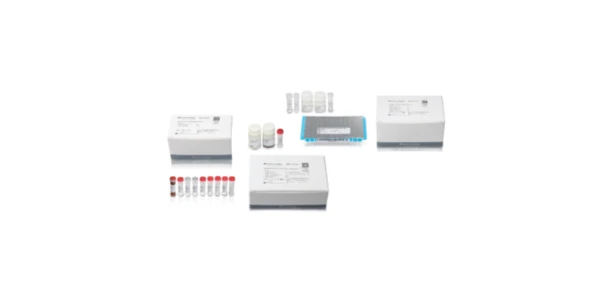A common technique, and often a routine requirement in the lab, is the quantitation of DNA, RNA, or protein. This has historically involved the dilution of samples, analysis of at least 0.1 mL sample volumes, and repetition of measurements using a benchtop UV/Vis spectrophotometer. This technique was dictated by the need for accurate and consistent measurement using a traditional instrument. This changed significantly upon the arrival of the Nanodrop technology.
There was some resistance to embrace this innovation in the early stages. After all, most lab researchers held fast to standard operating procedures, particularly for precious samples. However, as word and usage spread, it became clear that the benefits of the Nanodrop approach outweighed the negatives – and adoption increased steadily.
Nanodrop involves a patented sample retention system which employs surface tension to hold the samples in place between two optical fibers. The system enables the analysis of concentrated samples avoiding the need for dilution. The result is the measurement of samples up to 200 times more concentrated than traditional cuvette based UV Vis methods. Here are a few specifications:
- Minimal sample size: 0.5 µL
- Wavelength range: 190-840 nm
- Wavelength accuracy: ±1 nm
- Detection limit: 2 ng/µL dsDNA
- Maximum concentration: 15,000 ng/µL dsDNA
The Nanodrop procedure involves pipetting a 1-2 µL samples onto a measurement pedestal (0.5 µL volumes can be used for concentrated nucleic acid and A280 measurements). A fiber optic cable (the receiving cable) is housed in the pedestal while a second fiber optic cable (the source fiber) is manually brought into contact with the liquid sample. With the liquid now bridging the gap, a pulsed xenon flash lamp provides the light source for detection by a UV Vis spectrophotometer and CCD array. The instrument is controlled by a PC running associated software.
A few things to consider, and not to get overly technical, but the main factor driving the surface tension of the sample droplet is hydrogen bonding of the lattice of water molecules in solution. Typically, protein, DNA, RNA, buffer, salts, etc. reduce the surface tension by interfering with this hydrogen bonding. Therefore, sample volumes may require adjustment to ensure surface tension is retained. Also, it is best practice to use a precision pipettor with precision tips, as small deviations can cause measurement variations and inaccuracies.
The Nanodrop 2000 described above also comes in a 2000c model which has been optimized for use with masked quartz cuvettes 10 mm up to 48 mm in height. Sample volumes are matched with cuvette transmission path size and the effective concentration ranges are somewhat different than the droplet-based 2000 model, due to the different measurement vessels. There are additional models as well, such as the 8000, which can measure up to eight samples simultaneously, therefore increasing throughput.
The benefits of the Nanodrop approach include the following:
- Sample conservation – Researchers spend considerable resources to generate nucleic acid or protein samples, and therefore want to spare as little as possible in performing quantitation. The Nanadrop addresses this by the use of greatly reduced sample volumes.
- Integrity – At the same time, researchers want to be sure quantitation is accurate and reliable, as downstream experiments can be even more resource intensive and issues can sometimes escalate. The accuracy and ability to perform replication without significant sample usage is the answer to this concern.
- Time – The procedure is efficient with regard to the time required, another valuable commodity in the lab.
Overall, the Nanodrop technology has been an innovation for routine lab operations which involve nucleic acid and protein quantitation – a common requirement for most life science researchers. Can you call it a game changer? That’s probably too strong of an accolade. One thing is clear though. It is an advanced technology that has been received well and embraced by many researchers in the field – if only based simply on the number of units seen pass through the LabX marketplace.
LabX.com has many listings of new and used Nanodrop models.
View all UV/Vis Spectrophotometer listings on LabX.com
Updated May 2022










